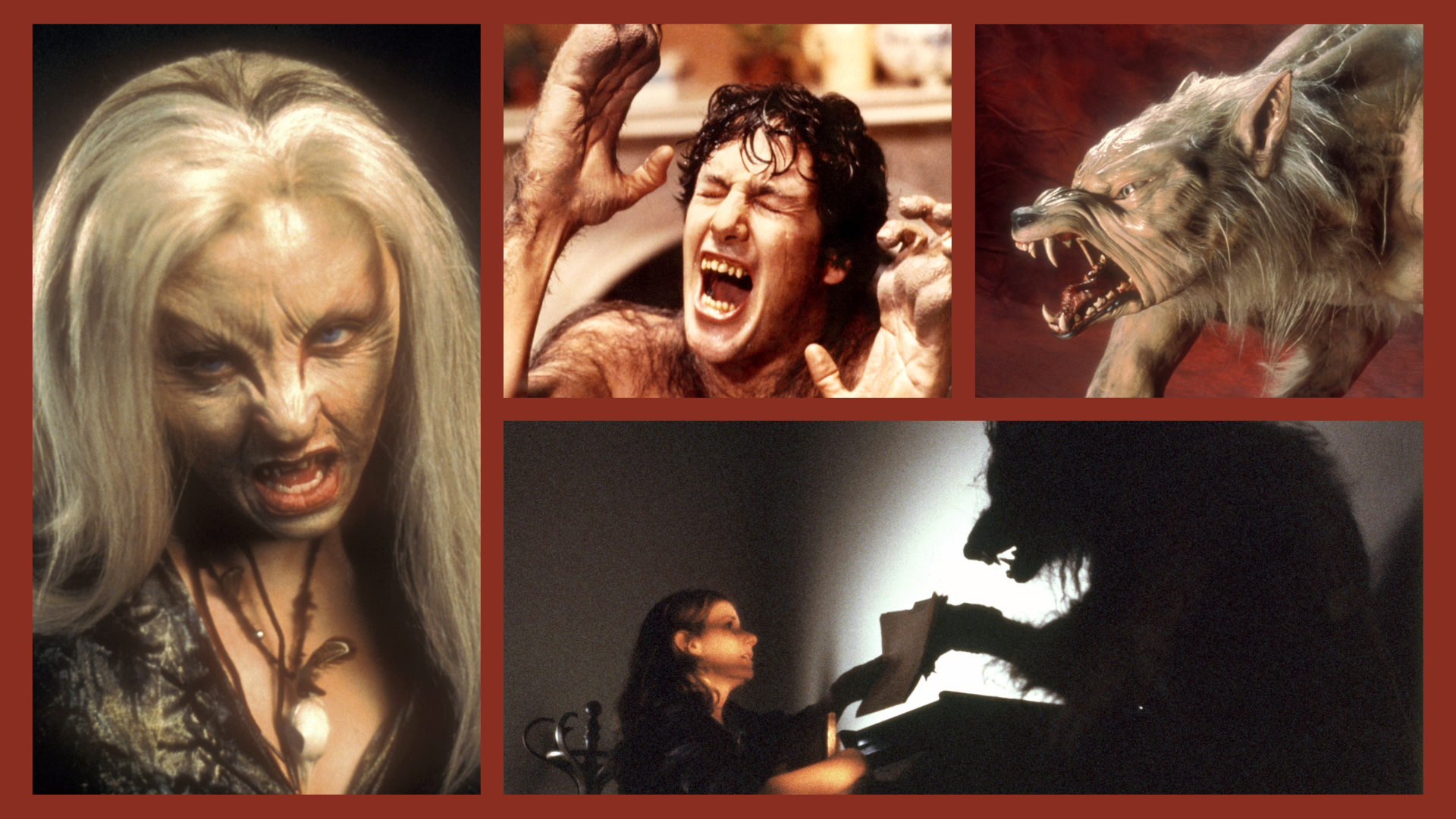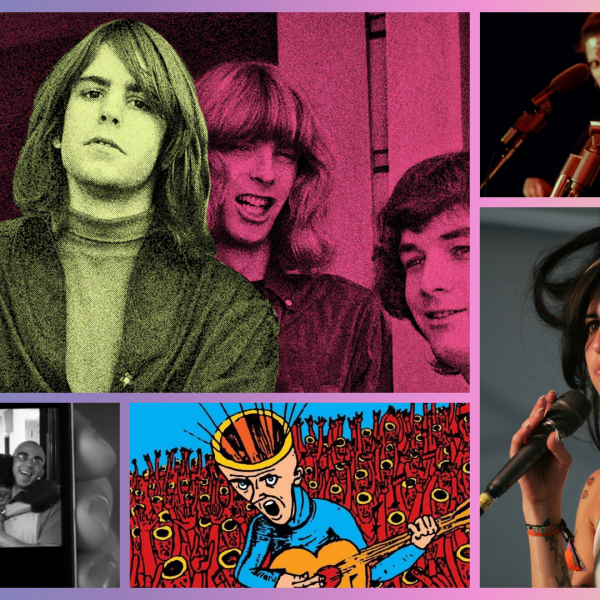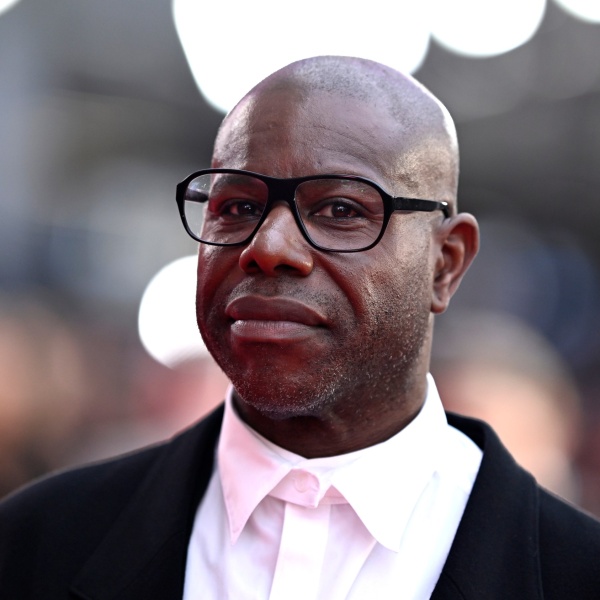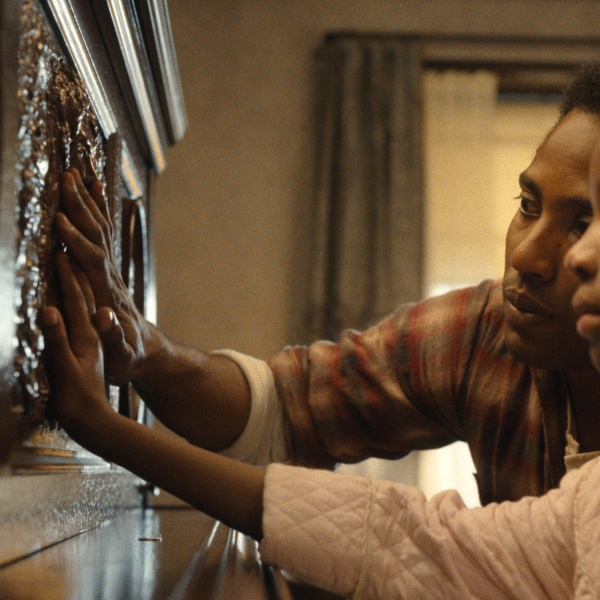Of all the classic horror movie monsters, werewolves, quite frankly, get the short end of the stick. Vampires and zombies have dozens of iconic films to claim as their own, while ghosts and witches pop up in movies all the time. But werewolves? Their great films are fewer and further between.
One of the oldest and most widespread creatures of folklore, the modern idea of werewolves originated from ancient Greek literature before growing into a common figure in European oral traditions. But onscreen, werewolves are less omnipresent — and typically less successful — than those starring significantly younger creatures of the night like vampires. Universal Pictures’ first attempt to bring werewolves to screen, 1935’s “Werewolf of London,” flopped and paled in comparison to masterpieces like “Dracula” and “Frankenstein.” The studio eventually returned to the creatures of the full moon for “The Wolf Man,” which was better received but still isn’t regarded as one of Universal’s best monster movie efforts.
Perhaps that inauspicious cinematic start is what caused werewolves to never quite get their stranglehold on cinema, at least compared to other monsters. Aside from a brief renaissance in the ’80s with three werewolf flicks coming out the same year, the lycanthrope has a much smaller list of films compared to vampires, and a ton of them are terrible. Occasionally, they’ll appear as the second banana for other monsters in films like “Twilight,” whose wildly problematic take on the werewolf tradition was a mere subplot for the sparkly vampires the films actually follow.
All that said; when a werewolf film is good, it’s wildly compelling. At their core, most werewolf stories are tragedies, more so than most horror films. The protagonists are often ordinary people whose transformations cause them to undergo horrific and devastating physical and mental breakdowns. The bite of a werewolf can be used as a metaphor for a lot of transformations — disease, puberty, aging — but the films are most interesting when they focus on how the nightmarish condition changes the person afflicted with it. That’s not to imply all werewolf movies are downers though; not when gnarly action films like “Dog Soldiers” or comedies like “Teen Wolf” exist. Sometimes, you want to see a wolf man go berserk on a bunch of victims and many werewolf movies deliver.
In celebration of Halloween 2023, IndieWire rounded up some of the best films to feature werewolves, ranging from hidden gems like “The Company of Wolves” to mainstream success stories like “The Howling.” Entries are listed in chronological order. Read on for IndieWire’s list of the 10 greatest werewolf movies ever made
-
“The Wolf Man” (1941)

Image Credit: Courtesy Everett Collection “The Wolf Man” is actually Universal Pictures’ second attempt to tackle werewolves, after the box office failure of 1935’s “Werewolf in London” (notably, not an American werewolf). But it was the far better received of the two and is now lumped in with “Dracula” and “Frankenstein” as one of the classics from the studio’s monster mania days. Lon Chaney Jr. stars as the titular dogman, an American who returns to his ancestral home in Wales to bury his brother and soon falls in love with a local girl (Evelyn Ankers). Alas, he gets turned into a werewolf saving her from a monster; classic rom-com stuff. Like many of the Universal monster films, what stands out from “The Wolf Man” today isn’t its special effects makeup — although Chaney’s werewolf transformation was highly acclaimed at the time — but its thick atmosphere, situating its players in a moody landscape of fog and dark forest, and the quality of its lead’s performance. Chaney is dynamite both in and out of the wolf suit, giving a performance that’s charasmatic, melancholy, and devastatingly sad.
-
“The Curse of the Werewolf” (1961)

Image Credit: Courtesy Everett Collection Of the many Hammer Horror films of the ’50s and ’60s, “The Curse of the Werewolf” was the company’s only film starring a wolf man, and has many odd quirks. It was based on the book “The Werewolf of Paris” by Guy Endore but transplanted the story to 18th-century Spain. That’s because director Terence Fisher shot the movie on sets for a movie called “The Rape of Sabena” about the Spanish Inquisition, which got canned thanks to objections from the BBFC. That cheapness pays off, as the lavish surrounding gives the film a gothic, epic feel. The story itself is oddly told, spending half of its 90-minute runtime on the backstory of the main character’s parents and the origin of the werewolf curse before we’re introduced to Oliver Reed’s Leon: a young man whose attempt to find love is destroyed by the werewolf condition. The film ultimately becomes something of a family drama about the tragedy of Leon and his adopted father Alfredo (Clifford Evans), resulting in a surprisingly sad fright fest.
-
“The Howling” (1981)

Image Credit: ©Avco Embassy / Courtesy Everett Collection 1981 was the year to make a werewolf film, with three movies featuring full moons, rabid doggies, and gruesome transformation sequences. Of all of them, “The Howling” is probably the most straightforward horror flick; this was before director Joe Dante made comedy horror his trademark with “Gremlins.” But the film — starring Dee Wallace as a news anchor whose attempts to unwind at a country resort after a serial killer attack somehow makes things even more dire for her — is an effective fright fest, with gruesome kills, incredible makeup by Rob Bottin, and a nerdy streak that manifests in almost every character being named after a horror film director. “The Howling” also had a longer tail than the films it competed against during its release year, spawning a mind-numbing seven sequel; although the less said about those, the better.
-
“An American Werewolf in London” (1981)

Image Credit: ©Universal/Courtesy Everett Collection Sorry “Wolfen” and “The Howling,” but “An American Werewolf in London” is unquestionably the most iconic werewolf movie of 1981. That said, that’s an easy feat, considering it may be the most famous and acclaimed werewolf feature of all time. John Landis’ classic is the platonic ideal of a horror comedy, managing to balance scares, humor, and sadness in a way that feels effortless and cohesive, with no element of the story outweighing another. As the titular American who backpacks through England and loses his friend to a werewolf attack that turns him, David Naughton is a charismatic, easy-to-root-for lead, possessing great chemistry with both Griffin Dunne as his best friend, Jack, and Jenny Agutter as his love interest, Alex. The movie lures the audience in with its comedy and charm, before steadily descending into tragedy towards its end. And there’s no other scene in a werewolf movie more iconic than the legendary and groundbreaking transformation set to Sam Cooke’s “Blue Moon,” which netted makeup artist Rick Baker the first ever Makeup and Hairstyling Oscar and has proved influential for years to come. As far as werewolf films go, there’s little question “An American Werewolf” is the top dog.
-
“The Company of Wolves” (1984)

Image Credit: ©Cannon Films/Courtesy Everett Collection A decade before bringing “Interview With the Vampire” to the big screen, director Neil Jordan tackled werewolves with the almost indescribably weird “The Company of Wolves.” It’s a gothic adaptation of an Angela Carter short story, which both Cater and Jordan adapted for the screenplay, and begins quite literally with a dream, as young girl Rosaleen (Sarah Patterson) falls asleep in her country house and is transported to a reality where she’s a Little Red Riding Hood figure in a fairytale forest haunted by dangerous werewolves. But the film goes deeper than just that main narrative, featuring several side stories related as bedtime tales told by Rosaleen’s grandmother (the legendary Angela Lansbury). A true oddity, with gorgeous set design and a hazy surreal atmosphere, “The Company of Wolves” is at its heart a film about loss of innocence and the darkness behind fairytales, with some unforgettably nasty and gory sequences. There’s no werewolf film even remotely like it.
-
“Teen Wolf” (1985)

Image Credit: ©MGM/Courtesy Everett Collection Not to be confused with MTV teen soap/beefcake showcase it so very loosely inspired, “Teen Wolf” is one of the most ridiculous films of the ’80s, an entire decade that thrived on being ridiculous. Michael J. Fox is the Teen Wolf, an extremely average and forgettable high school student who becomes the hottest canine in the classroom when he discovers that he and his family are werewolves, and uses his powers to become the star player of the high school basketball team. Rod Daniel’s film isn’t even the third best teen comedy Fox starred in during the ’80s, but the actor himself remains as likeable as ever, and it’s a slice of kitschy cheese that has an undeniable appeal.
-
“Wolf” (1994)

Image Credit: ©Columbia Pictures/Courtesy Everett Collection Although not one of the legendary Mike Nichols’ most acclaimed films, “Wolf” is certainly one of his weirdest. Jack Nicholson stars as a publishing house big shot who gets demoted, and — as he experiences a mid-life crisis — finds himself experiencing bizarre effects from a wolf bite. The movie was marketed to look like a straightforward horror and action film, but “Wolf” is more of a romantic drama than anything else, focusing on how the main character’s transformation impacts his corporate backstabbing and developing romance with his boss’ daughter (Michelle Pheiffer) than typical scares. The movie doesn’t always work, with goofy werewolf effects and a third act spiral into campier action holding it back, but Nicholson’s performance, and its genuine ambition, make it a fascinating spectacle.
-
“Ginger Snaps” (2000)

Image Credit: ©Unapix Entertainment/Courtesy Everett Collection Using horror as a metaphor for the struggles of teenhood is a trick that’s been used dozens of times, but few films are as blatant with it as “Ginger Snaps.” The Canadian cult classic from director John Fawcett and screenwriter Karen Walton focuses on the relationship between Brigette and Ginger (Emily Perkins and Katharine Isabelle), two sullen teen girls with a tight bond. On the night Ginger gets her first period, the blood attracts a mysterious creature to her, and the resulting attack causes Ginger to begin exhibiting werewolf symptoms. The use of Ginger’s more extreme transformation as a stand-in for the difficulties of puberty couldn’t be more clear, although the film’s strong tongue-in-cheek humor makes it seem self-aware. It helps that Perkins and Isabelle are both fantastic, totally selling their relationship as sisters and the horrific situations they find themselves in. Strong body horror also helps the film stand out, but it’s ultimately the movie’s idiosyncratic, almost “Heathers”-like tone that makes it a classic.
-
“Dog Soldiers” (2002)

Image Credit: Courtesy Everett Collection “Dog Soldiers” was made on a tiny budget of £2.3 million, but Neil Marshall’s directorial debut features some of the scariest, most vividly realized werewolves in film history. The hulking, horrific beasts are a perfect fit for the lean, mean action film, which plays a bit like “Aliens” with lycanthropes. Liam Cunningham, pre “Game of Thrones,” stars as a British army soldier who arrives in the Scottish Highlands for a training exercise — only to fight for his life when werewolves hunt down his squad. Marshall forgoes straight horror for action, and the result is highly watchable.
-
“Werewolves Within” (2021)

Image Credit: ©IFC Films/Courtesy Everett Collection Who would have thought that the first genuinely good video game movie would be based on a barely remembered VR game? Although saying “Werewolves Within” is based on the 2016 game of the same name is pushing it; the original Ubisoft title had no real story, focusing instead on placing the player in a medieval werewolf-themed version of classic social deduction game Mafia. The film, from Josh Ruben, takes the basic premise of “trying to figure out who the werewolf is” and throws literally everything else out, transplanting the wolf-and-mouse games to the residents of a small town trapped in a snowed-in lodge. The result isn’t exactly a masterpiece, but it’s great fun — the rare horror comedy that manages to be snappy and funny while still delivering scares and suspense. And the game cast of comic actors is on point throughout, with highlights including Michaela Watkins, Harvey Guillén, and especially Sam Richardson as the polite forest ranger hero.






